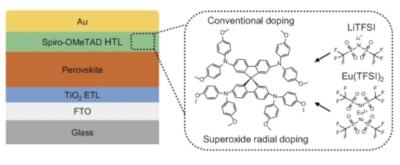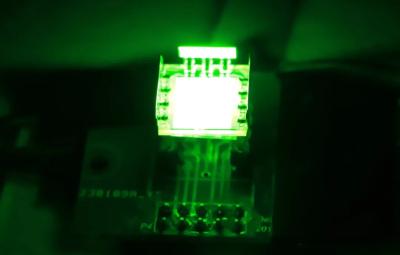An NSW Smart Sensing Network Grand Challenge Fund project is hoping to eliminate the reliance of sensors on disposable batteries by testing the fast production of perovskite photovoltaic (PV) cells, in the hope of creating a more sustainable sensor power source. The NSW Smart Sensing Network, a consortium of eight leading universities across NSW and the ACT, is a not-for-profit innovation network that brings together universities, industry and government to translate world-class research into innovative smart sensing solutions that create value for NSW and beyond.
The Revolutionizing Indoor Sensor Power: Rapid Microwave Annealing for Ultra-low-cost Perovskite Solar Cells project is being led by Dr. Binesh Veettil, a Senior Lecturer in the School of Engineering at Macquarie University. “Perovskite cells offer continuous power, and are ideal for harvesting indoor light to power low-power sensors,” Dr. Veettil says. “They are cost-effective when mass manufactured and they are suitable for roll-to-roll manufacturing as they can be screen-printed, slot-die coated, or spray-painted. Unfortunately the lengthy annealing time required is a challenge to be addressed to enable their widespread adoption.”








